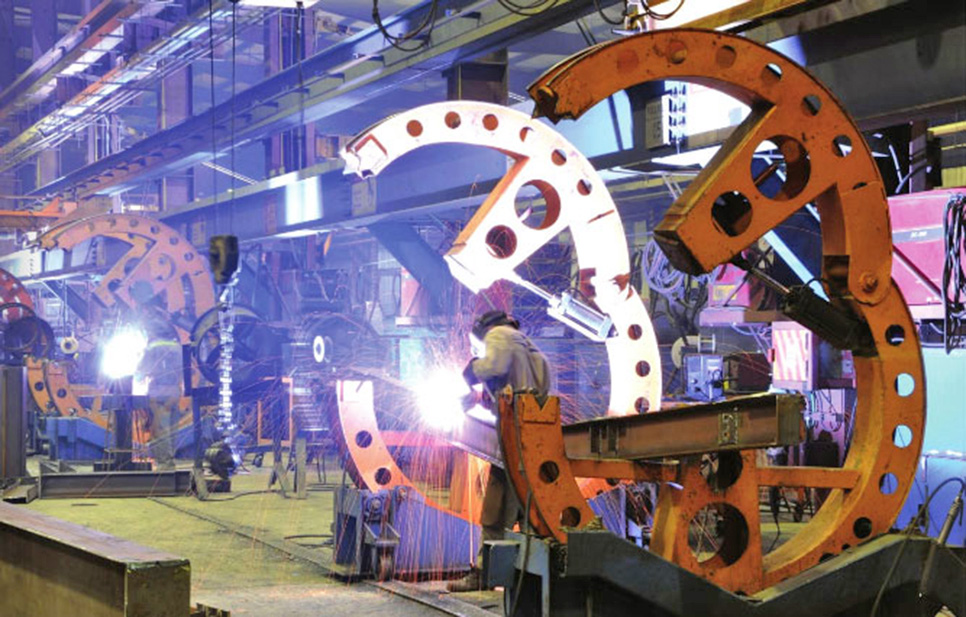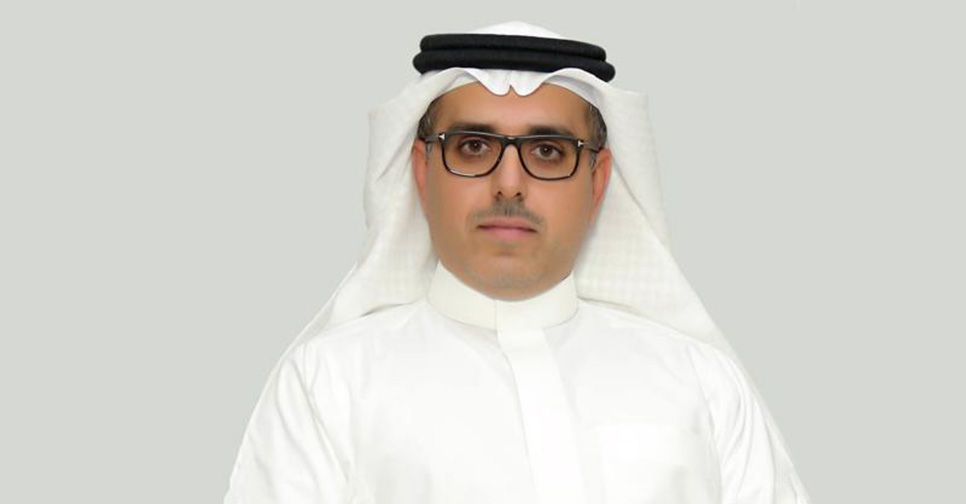Mr. Nawaf Al Zamil, President of Zamil Steel, tells VET how the company has grown significantly over the last 25 years to become the leading steel structure supplier in Southeast Asia.
After 25 years in Vietnam, Zamil Steel Vietnam is one of Southeast Asia’s largest and most reliable steel structure suppliers. What lies behind this success? What are the company’s most outstanding projects to date?
In 1993, Zamil Steel exported its very first buildings to Southeast Asia. In 1997, we established Zamil Steel Buildings Vietnam Co., Ltd and built our first factory, at the Noi Bai Industrial Park in Hanoi. During that period, in the 1990s, Vietnam’s economy and its construction industry were undergoing a rapid transition to become closely integrated with the rest of the world.
From 1993 until the early 2000s, Vietnam embarked on a path of globalization by joining regional and international organizations like ASEAN, APEC, and the WTO, etc. During those years, Vietnam also normalized relations with the world’s financial system and stepped up its efforts to attract foreign capital. As a result, it is considered one of the fastest-growing markets in Southeast Asia today.
Similar to Vietnam’s growth in the global market, Zamil Steel Buildings Vietnam has grown significantly over the past 25 years to become the leading steel structure supplier in the Southeast Asian market. Our sales network has expanded to ten Southeast Asian countries and Bangladesh, while our team has grown to more than 1,100. The company has supplied nearly 7,000 projects to thousands of clients all over the Asia-Pacific from its two factories in Vietnam. We are proud that most of our iconic projects have become enablers of socio-economic development in Vietnam and other countries like Cambodia, Malaysia, Indonesia, Bangladesh, and so on. Marquee projects include the Pit building of the Formula 1 Circuit in Hanoi, two VinFast mega plants in Vietnam and Phnom Penh, Cambodia, Siem Reap International Airport in Cambodia, the Petronas petrochemical and refinery complex in Malaysia, which is part of Malaysia’s national development program (RAPID), and the Bangladeshi Government’s housing project on Bashan Char Island.

This remarkable growth is the result of our team’s relentless efforts in pursuing Zamil Steel’s vision: “To be the world’s most reliable and innovative manufacturer, service, and solution provider in the steel industry.” This vision defines every aspect of business for Zamil Steel globally and in Vietnam. At Zamil Steel, we also perceive “quality” as the brand’s core attribute and consider it critical in maintaining global customer loyalty.
One aspect of Zamil’s business that has remained unchanged over the past 25 years is its passion for delivering excellence by providing products of the highest quality to customers. Given that digital transformation is now significant for all businesses, how will Zamil pursue this trend?
Quality and innovation have been critical to Zamil Steel’s growth over the last 25 years in Vietnam and globally. We believe that our ability to consistently develop high-quality, innovative products differentiates us from the rest of the market. We constantly invest in the best talent in our product development and engineering teams in our local offices as well as in our Global Centers of Excellence.
Digital transformation has made launching innovative products much faster and delivering high-quality products much more effortless. We at Zamil Steel have always been ahead of the market in adopting the latest technologies. We will continue to invest significantly in making our factories fully digitized and integrated to ensure zero errors and provide customers with the desired products in the fastest possible time. Recently, we have also invested in a cloud-based platform at a global level. The new platform will help with standardizing business processes, adopting best practices, converting to the Shared Services model, and using world-leading new technologies such as artificial intelligence, robotic process automation, augmented reality, big data, and others.
What are your plans for Zamil Steel’s development in Vietnam over the next five years?
At Zamil Steel Buildings Vietnam, we anticipate that the market will see significant changes in the next five years as Vietnam engages further in globalization and regional integration. The recently-signed EVFTA and other free-trade agreements will enable Vietnam to attract more foreign capital from developed regions and countries like Europe, Japan, and the United States, setting higher standards for most industries, including the steel building sector. Furthermore, we see a clear trend of global companies exploring options for setting up manufacturing facilities outside of China, and we expect Vietnam to benefit significantly from this.
As a result, the demand for high-quality steel structures will increase in the coming years and this is an opportunity for Zamil Steel Buildings Vietnam to grow its market share further. We strongly believe that in the next five years, customer demand for newer, better products will drive us to embrace digital transformation in a big way. We see that our factories will become more connected and integrated digitally with much more output from their current workforce. Besides products, we will also improve customer service by prioritizing radical transparency and rapid response. All these changes will strengthen our position in the regional market and facilitate Zamil Steel’s sustainable development in the next decade.
In addition, we envisage that our factories will be powered entirely by solar power over the next five years. We also encourage our customers to embrace solar power and other renewable sources of energy.
What challenges do steel companies like Zamil Steel face when doing business in Vietnam?
The construction industry in Vietnam entered 2022 alongside the country’s pandemic recovery, with an outlook tempered by global economic and political uncertainties. As a result, like most businesses, we face unique challenges in maintaining efficiencies and managing risks caused by increasing material prices, supply chain disruptions, and labor shortages. Industry players also have to deal with project delays and cancellations, rising procurement costs, and sustained margin pressures despite solid order books. Subsequently, Zamil Steel Vietnam has to constantly innovate to stay competitive and relevant by looking at solutions to address time, pricing, production, inventory, and information.
What would you suggest Vietnamese policymakers do to attract more global investment?
Vietnam has significant advantages in attracting FDI from large and developed economies. The country has an excellent investment climate with a favorable geographical location, socio-economic stability, a young and increasingly urbanized population, competitive labor costs, and the government’s proactive support in protecting the legitimate rights and interests of investors and creating a favorable environment for FDI enterprises in the country.
As the first Saudi Arabian investor in Vietnam, Zamil Steel appreciates the Vietnamese Government’s efforts to improve the investment climate over the past 25 years. The country has steadily improved its legal framework, built integrated infrastructure, developed a high-quality workforce, and provided foreign investors with better market access through its participation in various international organizations and trade agreements. In addition, Vietnam’s exceptional Covid-19 response, including its proactive management of healthcare policies, fiscal stimulus, monetary policy, and supply chain conversions, have reaffirmed its position as an ideal destination for foreign investment in Southeast Asia.
Vietnam will continue to see higher foreign investment inflows over the next five years as the country develops into a global manufacturing hub. As international companies seek to diversify and increase their resilience, Vietnam will be the top investment destination for manufacturers thanks to its strategic location and competitive workforce and production costs. Therefore, the priority for the Vietnamese Government and policymakers is to develop the skills of the workforce for the new and knowledge-intensive industrial segments. Adequate investment in high-tech labor and skilled workers will enable the country to attract more foreign investment in new sectors such as electronics and advanced robotics, etc.
